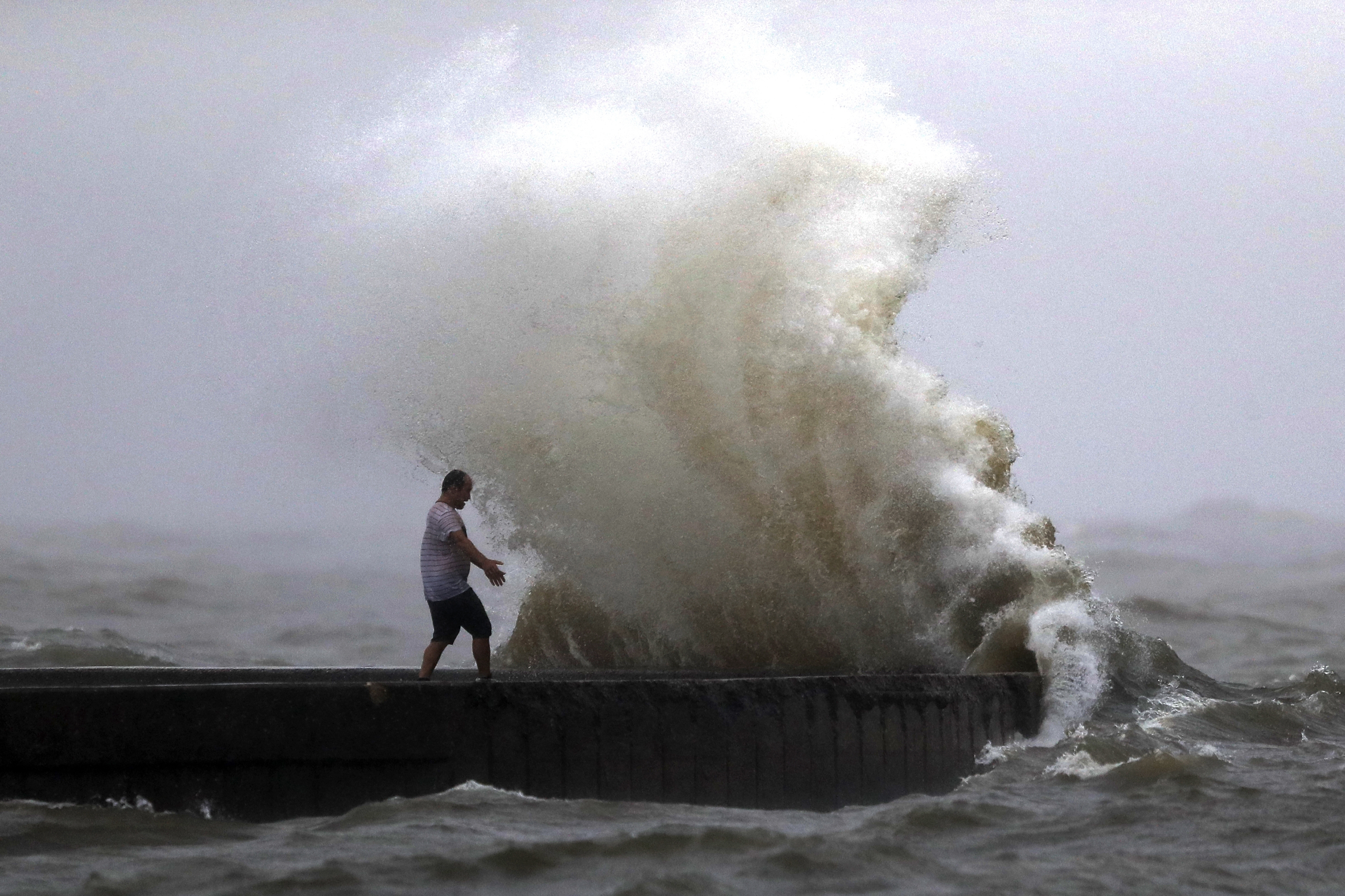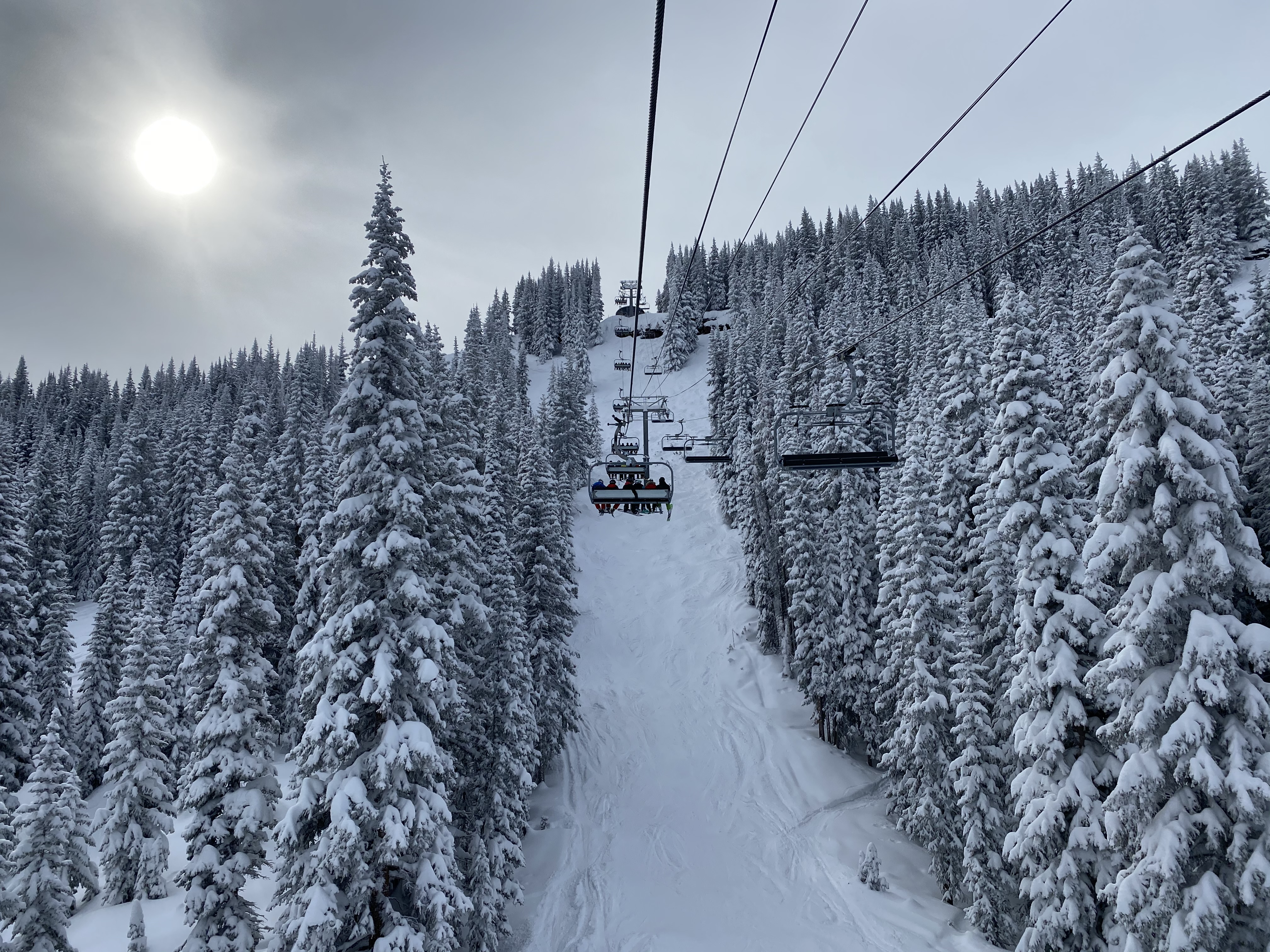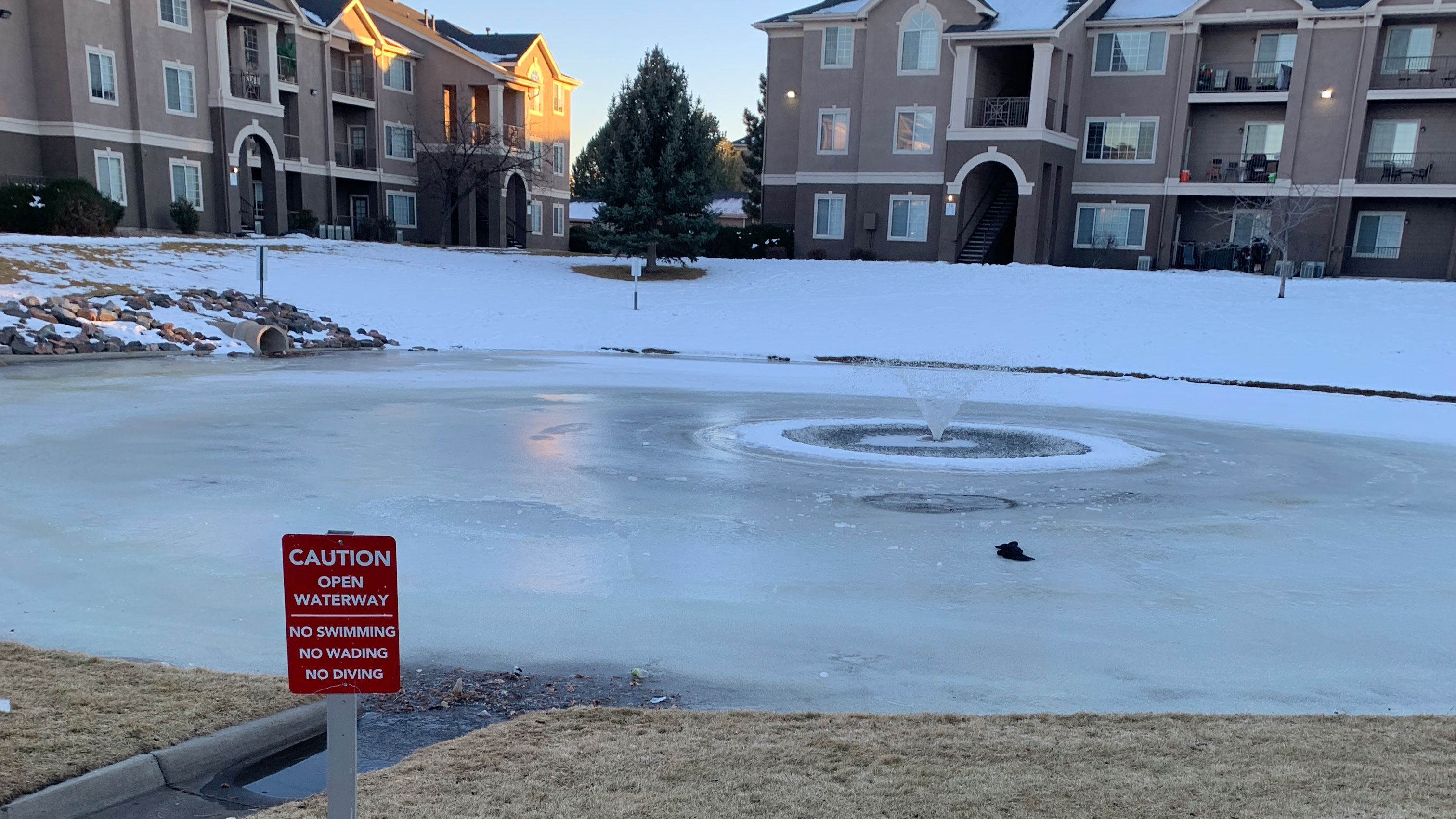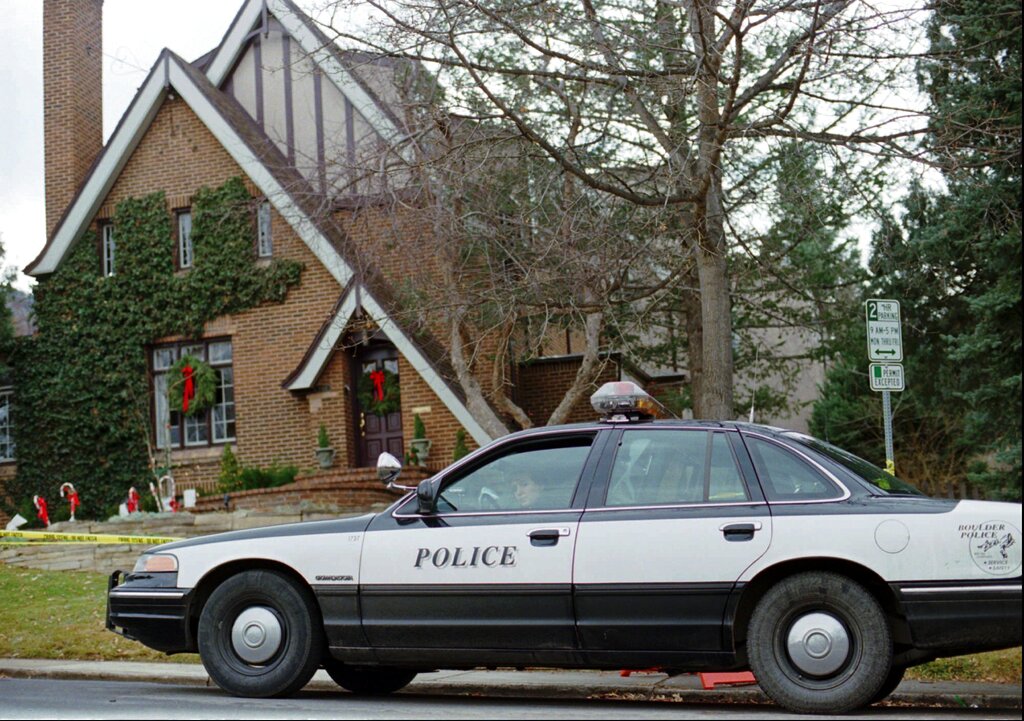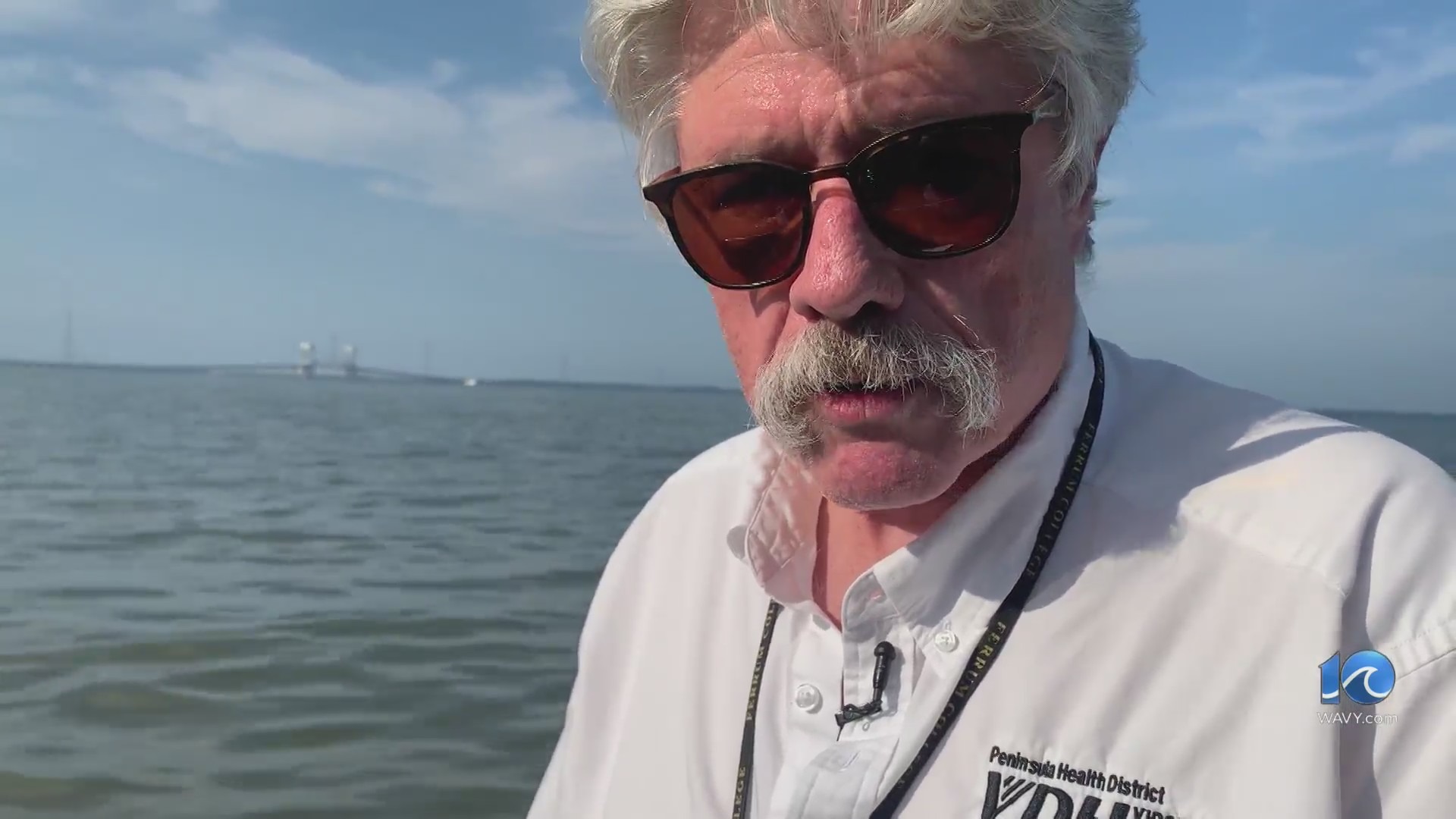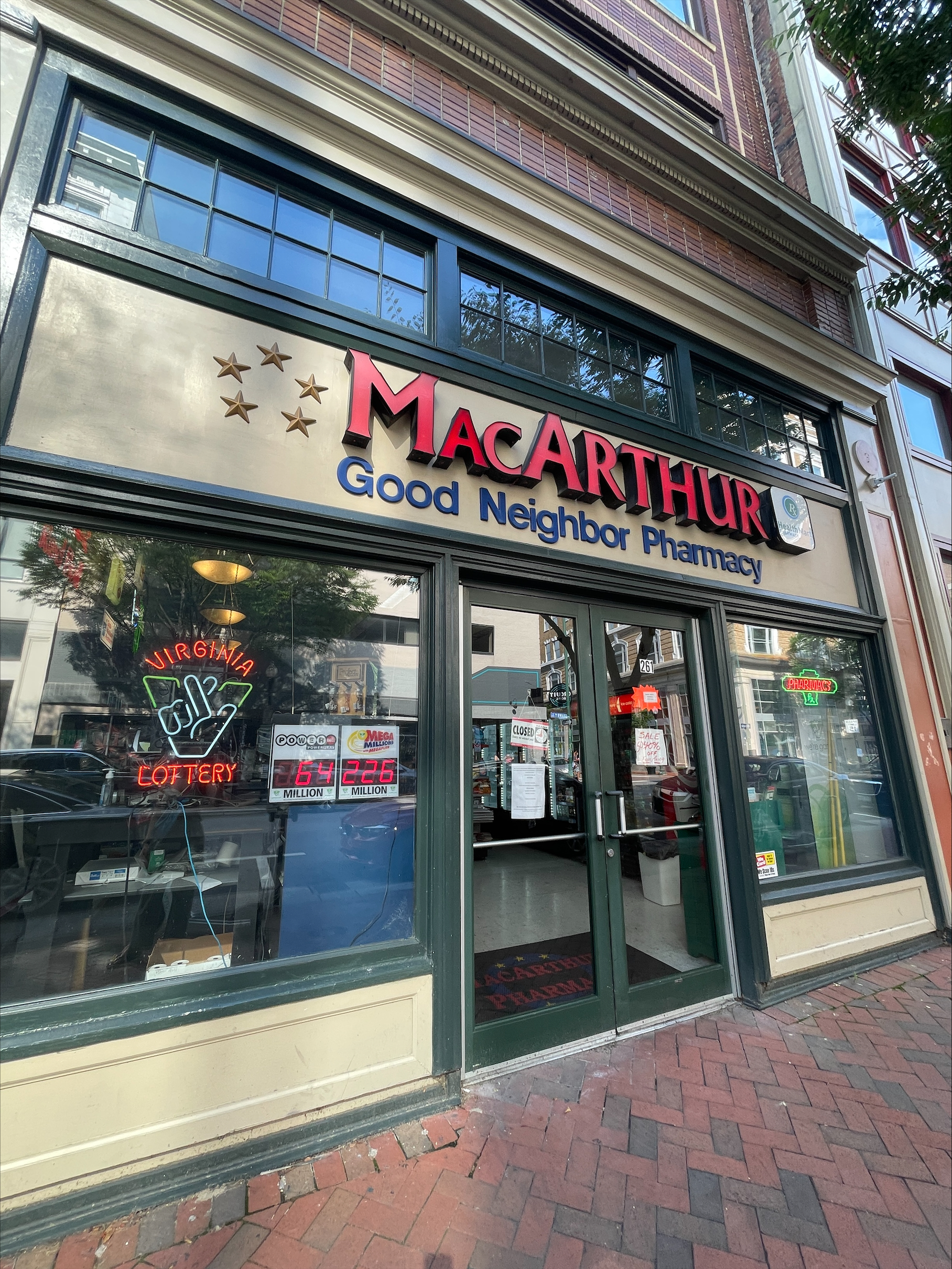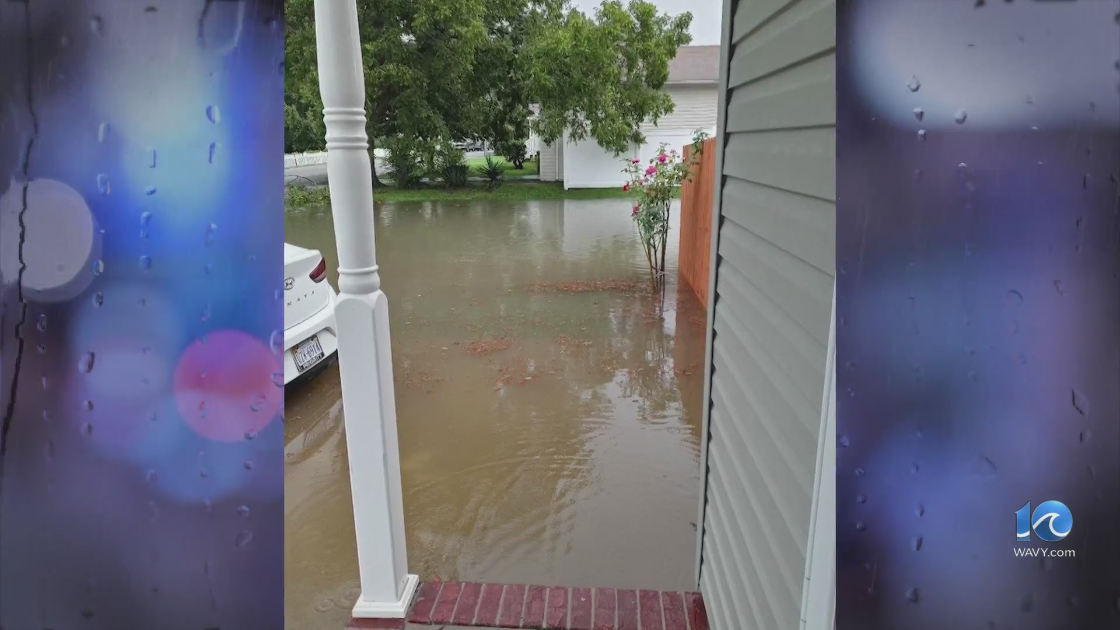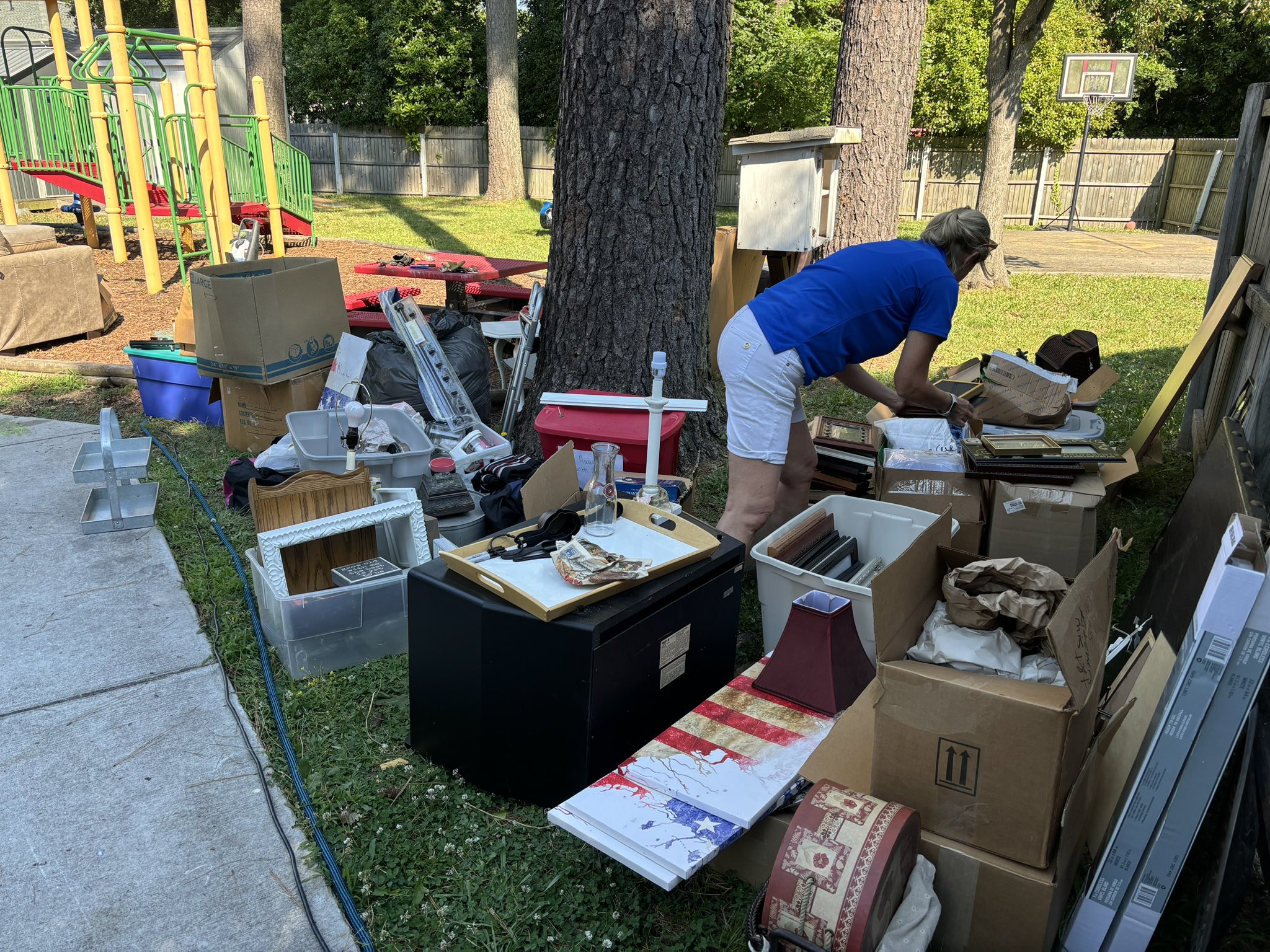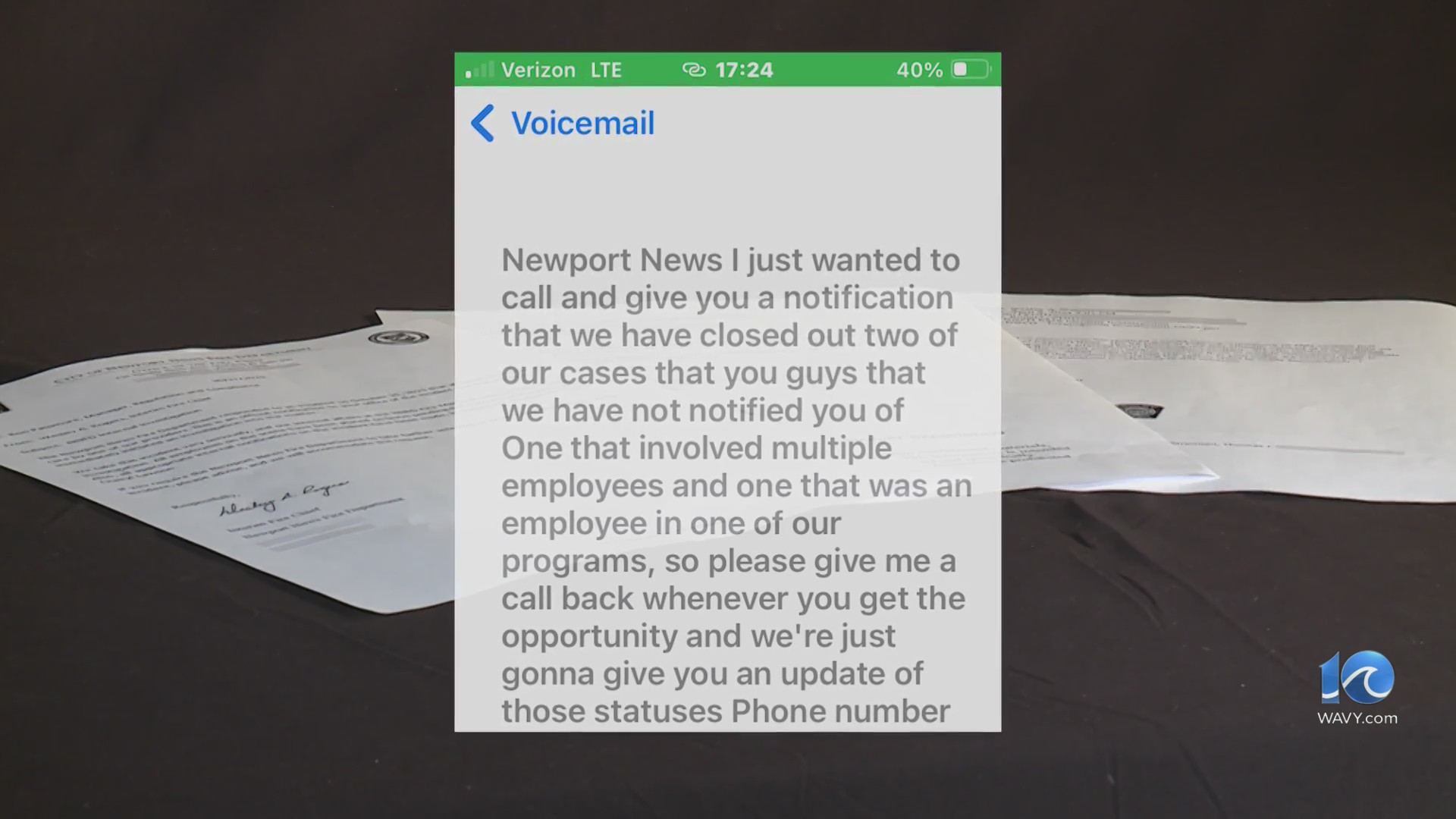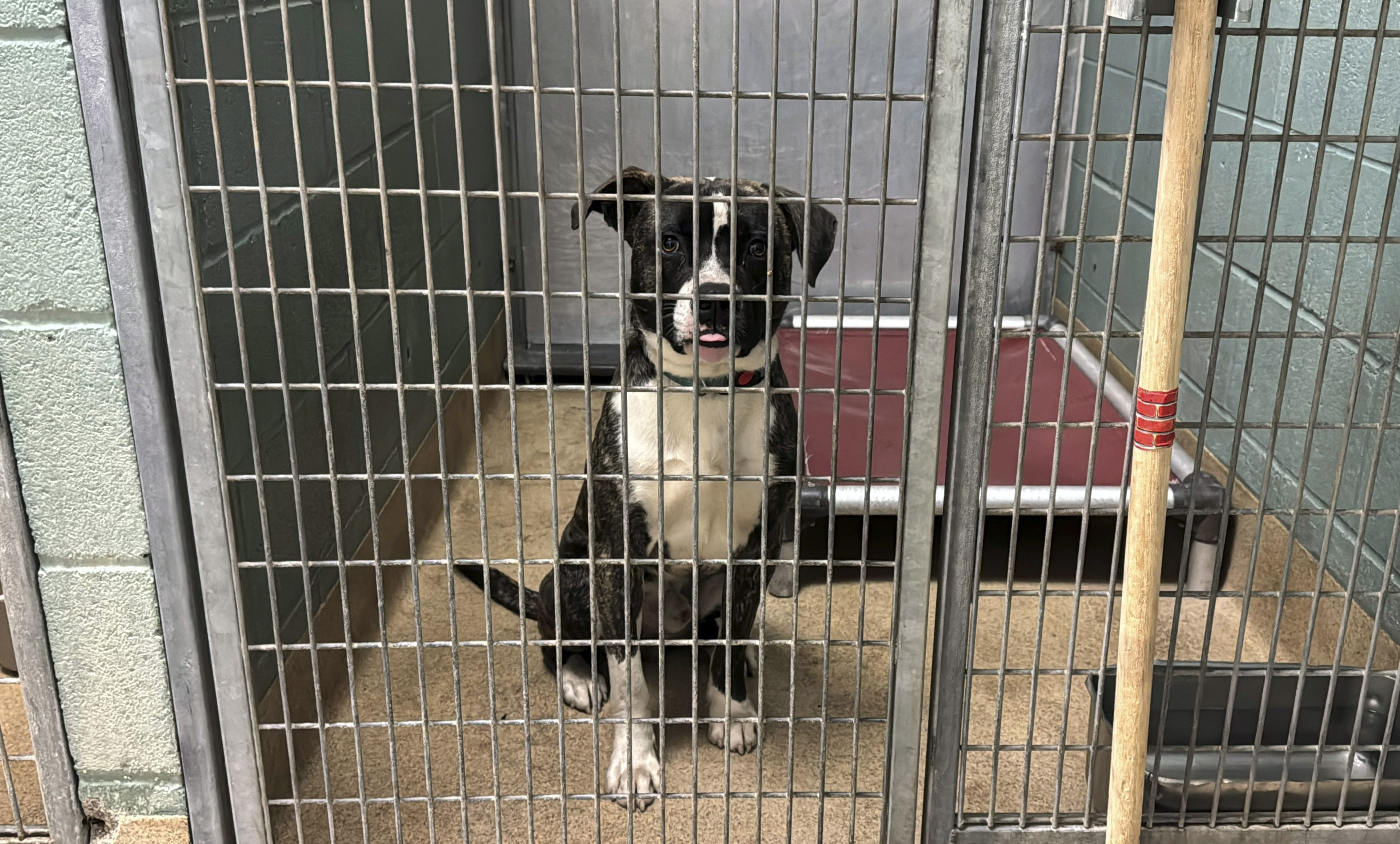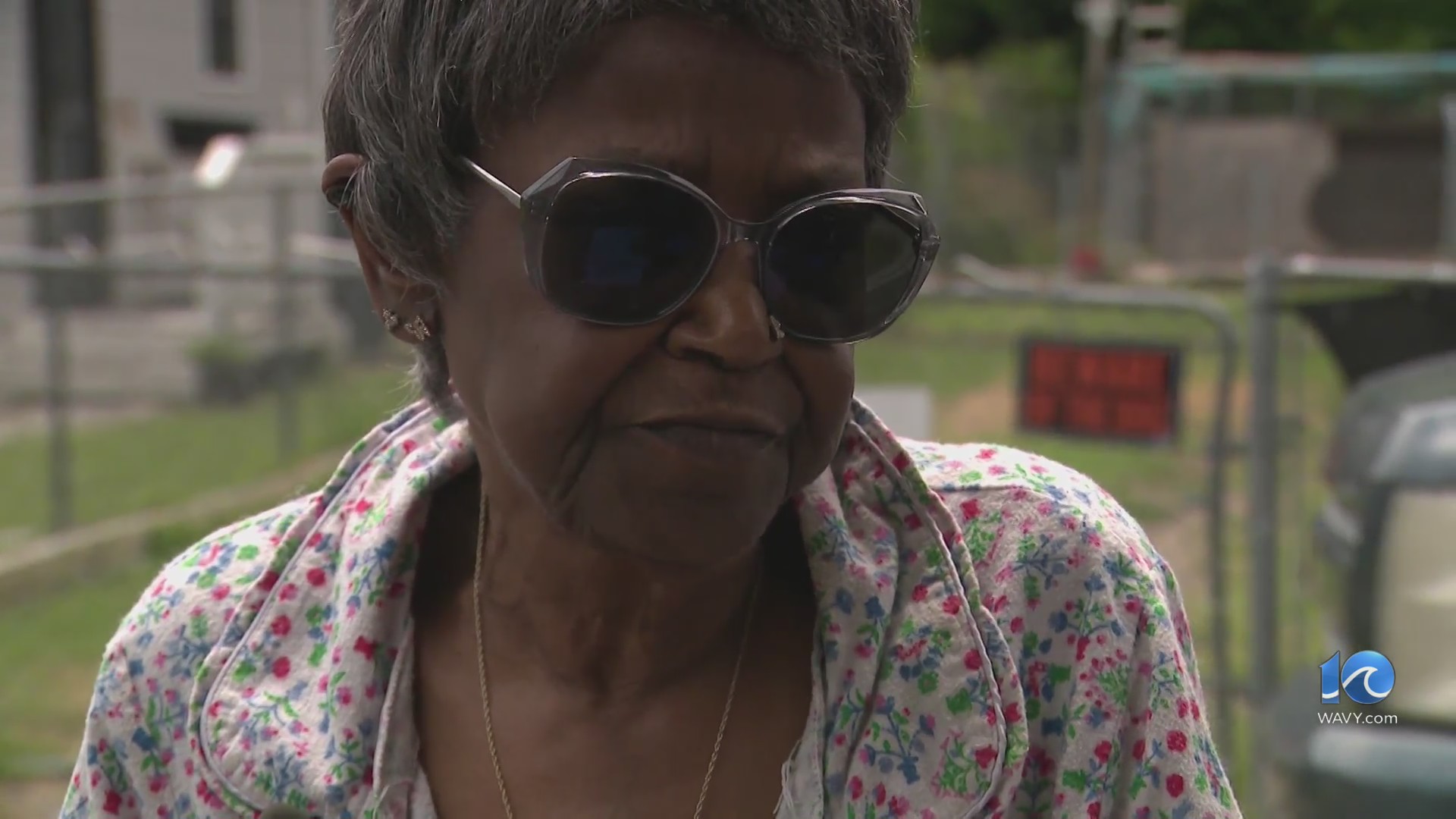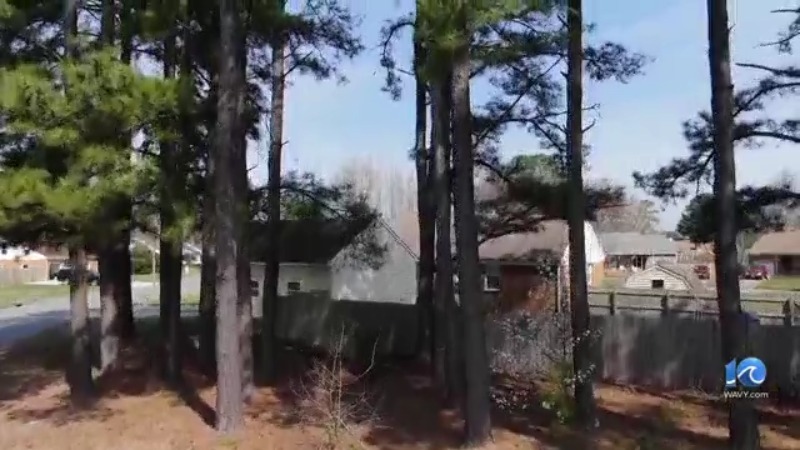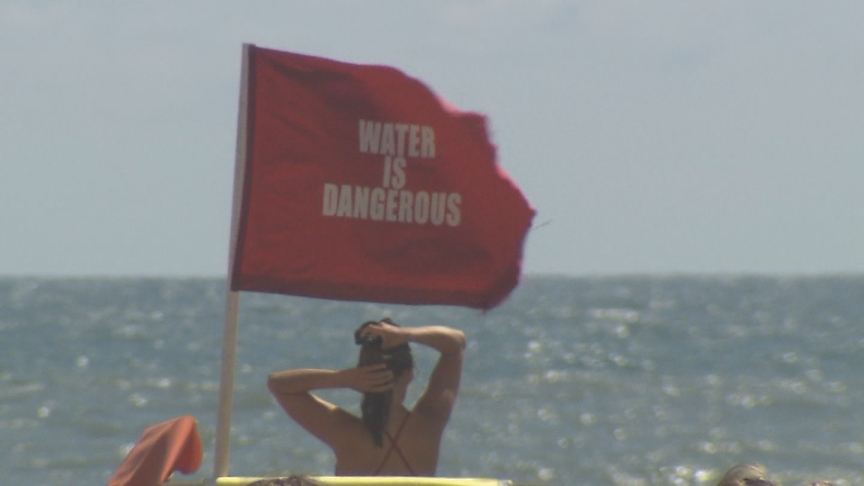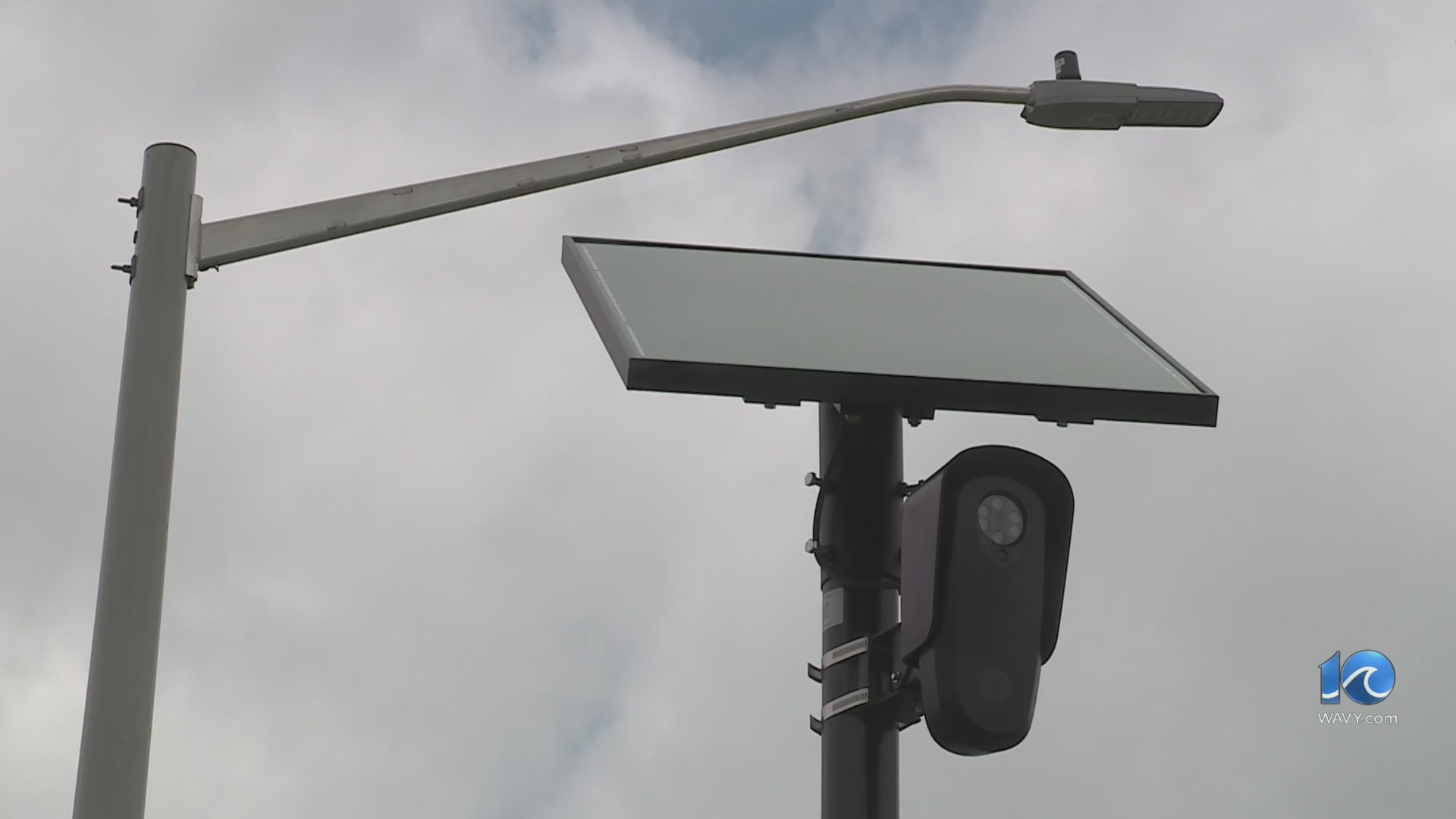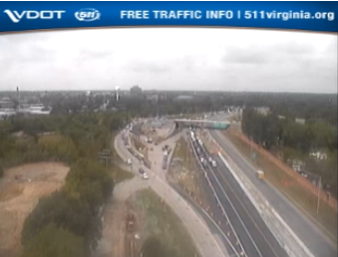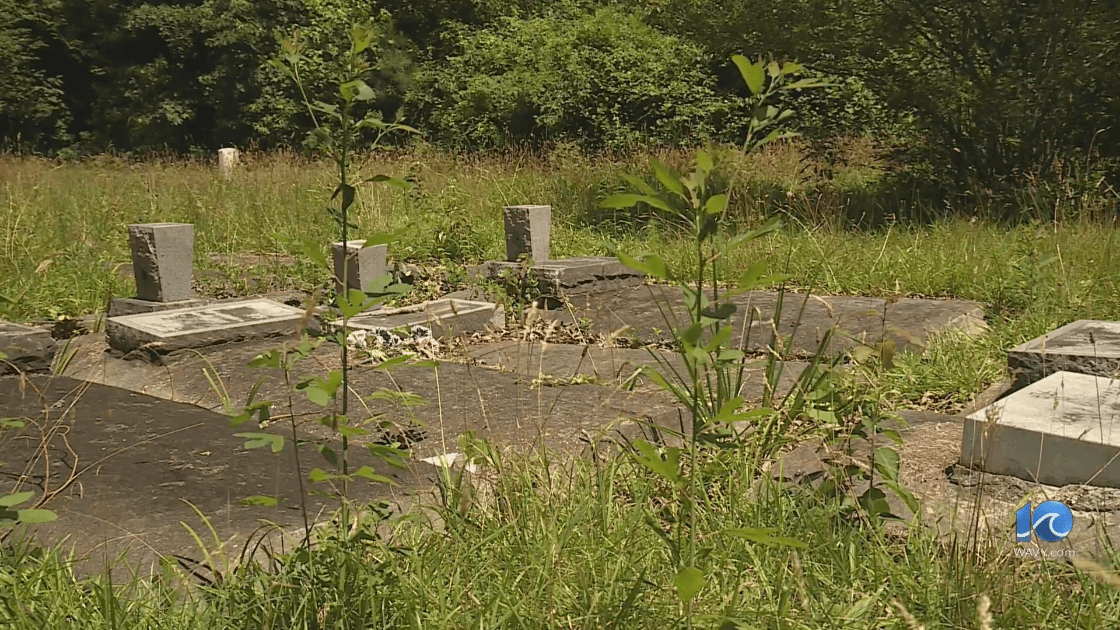NAGS HEAD, N.C. (WAVY) – For many people, owning beachfront property seems like a dream.
But for one Nags Head property owner, that dream turned into a years-long nightmare that’s draining thousands of dollars from his bank account, and serves as a warning to anyone else who owns beachfront real estate.
When Lance Goldner first saw the cottage on Seagull Drive back in 2003, he pictured weekends with his family at the beach.
“That never happened,” Goldner said. “I bought it 30 days before Isabel came along.”
Since then, Goldner’s beach cottage has gone from oceanfront to actually in the ocean.
“We started to fix it up again, and then another storm came,” he said. “We’ve fixed it up about three times now and each time, a nor’easter comes and washes it away.”
Goldner’s battling more than just Mother Nature. He also wants town, county and state authorities to issue him permits allowing him to fix up the property, instead of condemning it.
The problem, according to Goldner, is that home’s value has plummeted so low, it may be against town rules to get those permits.
“I’m not getting anything but aggravation from this,” he said. “This has been the worst thing you can ever imagine.”
Now that the town has replenished the beach, Goldner’s property is once again surrounded by sand, making repairs more feasible, if he can get permits.
Still, the road that once ran behind the home is long gone.
“It ought to be accessible,” he said. “When I bought the place, it had a road, it had an address, and now I can’t get to the property.”
Gaining at least some access to the property has its drawbacks, though.
The beach replenishment project makes it less likely Goldner will get an insurance payout, since the house is no longer threatening to collapse into the water.
“Flood insurance doesn’t cover anything unless it falls into the ocean. It’s very misleading,” he said.
Goldner isn’t willing to give up and knock down the property on his own dime, because he’s still paying a monthly mortgage on the original value when he bought it, which he says was around $350,000.
“I feel bad about the people behind me, blocking their view to the ocean and all, but I don’t have a choice,” he said. “I can’t just tear down and throw it away. I have too much invested.”
He would, however, accept a payment from the town, which is not unprecedented. In 2015, Nags Head paid $1.5 million to buy and destroy six homes that once sat next to Goldner’s.
“Give me fair market value and I would be out of there,” he said. “They did offer me $35,000. I don’t mind taking a little beating, but to lose $300,000 for something I didn’t do wrong, I had every insurance that you can have, so I cannot accept the $35,000.”
That $1.5 million settlement came only after a long legal battle, and deputy town manager Andy Garman said as of now, the town hasn’t decided to pursue either option with Goldner.
“We’ve had a lot of houses like this removed from the beach. In some cases, we’ve had to buy the properties,” Garman said. “In other cases, the property owners kind of gave up and they realized the structures were so far damaged that they weren’t worth repairing.”
This latest beach replenishment will only last so long before ocean eats away at the shore, threatening Goldner’s cottage again.
“We started actively pursuing nourishment as sort of a stop-gap measure to help protect properties and so we’re essentially buying ourselves time,” Garman said.
That means Goldner’s predicament is a preview of what’s to come for the rest of Nags Head’s oceanfront homes – unless the town can win its bigger battle against the sea.
“We’re also engaging in broader scale resiliency planning efforts, looking at not just beach erosion, but what are the overall impacts to Nags Head in terms of climate change [and] sea level rise,” Garman said. “People don’t have their heads stuck in the sand, they want to face these issues head on.”
